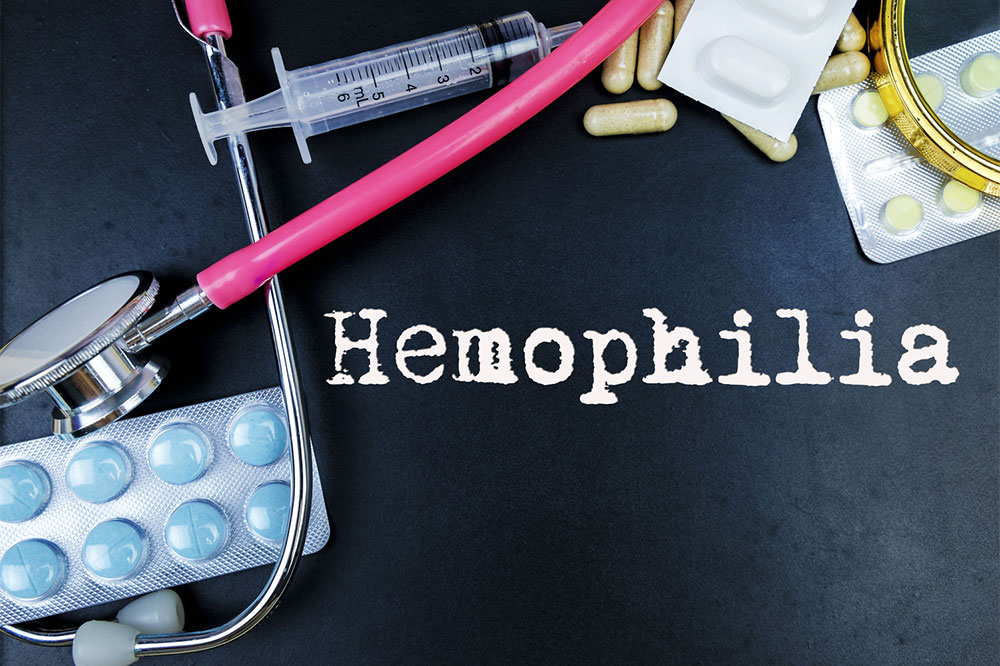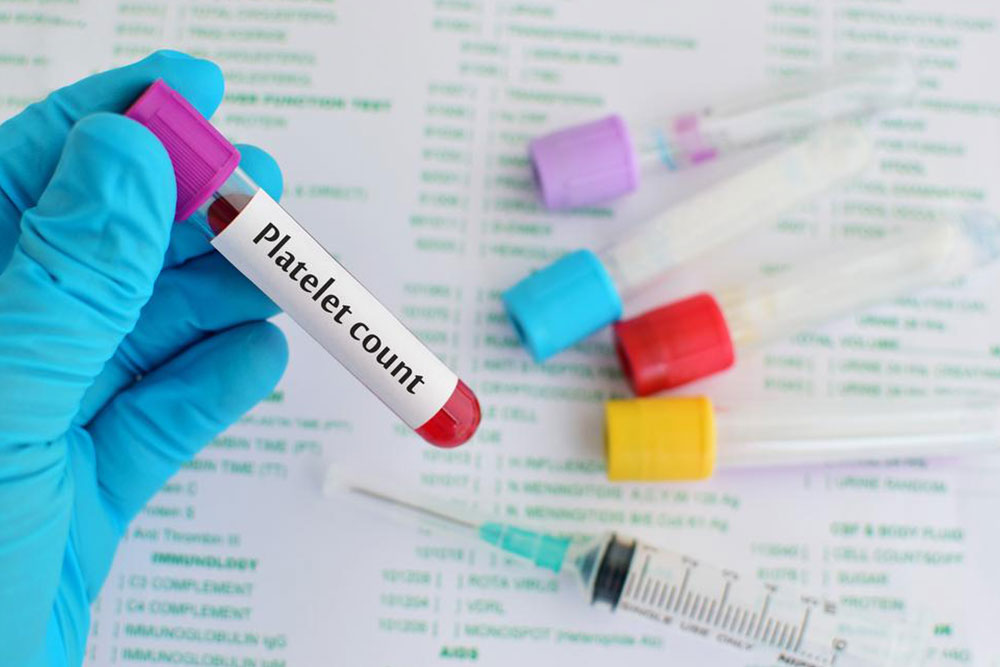Comprehensive Management and Treatment Strategies for Hemophilia A
Hemophilia A is a hereditary bleeding disorder caused by a deficiency of clotting factor VIII. Although incurable, it can be managed effectively through replacement therapy, medications, and lifestyle modifications. This comprehensive guide explores treatment options, risks, and preventive measures that help individuals lead active, healthy lives with Hemophilia A. Regular medical supervision and proactive lifestyle choices are vital to minimizing complications and enhancing quality of life.

Comprehensive Management and Treatment Strategies for Hemophilia A
Hemophilia A is a hereditary blood disorder that significantly impacts the blood's ability to clot properly. It results from a deficiency or dysfunction of clotting factor VIII, leading to excessive bleeding episodes that can affect various parts of the body, including joints, muscles, and internal organs. Although there is currently no cure for Hemophilia A, advances in medical science have provided numerous effective management techniques that can help individuals lead healthier, more active lives. Understanding these treatment options and implementing modifications to lifestyle are crucial for reducing complications and enhancing quality of life.
This article delves into the most effective treatment strategies, including replacement therapies, medication options, and the management of potential risks associated with the condition. Additionally, it emphasizes the significance of lifestyle adjustments such as diet, physical activity, and preventive care, aimed at maximizing health outcomes for those living with Hemophilia A.
In-Depth Treatment Strategies for Hemophilia A
At the core of Hemophilia A management lies the replacement of missing or deficient factor VIII, which is vital for proper blood clotting. The treatment approaches are tailored to the severity of the disorder, with mild, moderate, and severe cases requiring different levels of intervention. Here are the primary strategies employed:
Replacement Therapy The cornerstone of Hemophilia A treatment involves infusing patients with clotting factor VIII concentrates. These concentrates can be obtained from plasma donations or manufactured synthetically using recombinant DNA technology. Replacement therapy can be administered as either on-demand treatment during bleeding episodes or as prophylactic therapy to prevent spontaneous bleeding. In mild cases, infusions are often reserved for active bleeds or injuries, while in severe cases, regular prophylactic infusions are prescribed to maintain adequate factor VIII levels and prevent spontaneous bleeding events. This approach has been shown to significantly reduce the frequency and severity of bleeding episodes and to protect joints and tissues from damage over time.
Medication Options For patients with mild Form Hemophilia A, therapies like desmopressin (DDAVP) are beneficial. Desmopressin stimulates the release of endogenous factor VIII stored in the blood vessels, temporarily increasing its levels and thereby controlling bleeding. Additionally, antifibrinolytic agents such as tranexamic acid and epsilon-aminocaproic acid are used to stabilize blood clots and prevent their premature breakdown during bleeding episodes. Fibrin sealants or tissue adhesives are also employed in surgical or wound care settings to promote clot formation directly at bleeding sites, assisting in faster healing and hemostasis.
Risks and Challenges in Hemophilia A Treatment
While current therapies are highly effective, they are not without risks. In severe cases, spontaneous or trauma-induced bleeding into joints (hemarthrosis) can lead to chronic joint damage and deformities if not properly managed. Regular physical therapy and joint health monitoring are essential components of comprehensive care. Transfusion-related infections, such as hepatitis B, hepatitis C, and HIV, pose a risk despite rigorous screening procedures—this risk underscores the importance of using recombinant clotting factors and ensuring sterile practices. Additionally, some patients develop inhibitors—antibodies that neutralize infused factor VIII—rendering standard treatments ineffective. Managing inhibitors often requires alternative therapies, such as bypassing agents like activated prothrombin complex concentrates (aPCC) or recombinant activated factor VII, which bypass the need for factor VIII and help control bleeding effectively.
Overcoming these challenges necessitates a multidisciplinary approach, involving hematologists, physical therapists, and primary care providers working together to optimize patient outcomes.
Lifestyle Adjustments and Preventive Measures
Effective management extends beyond medications; lifestyle modifications are an integral part of comprehensive care. Patients are advised to adopt habits that mitigate bleeding risks and promote overall health:
Maintain exceptional dental hygiene to prevent gum bleeding and dental trauma, which are common sources of bleeding in Hemophilia A patients.
Avoid medications such as aspirin, non-steroidal anti-inflammatory drugs (NSAIDs), and other blood thinners that increase bleeding propensity.
Engage in low-impact, non-contact exercises like swimming, walking, or physical therapy to strengthen muscles and support joint stability without risking injury.
Adopt a balanced, nutrient-rich diet to bolster immune function and aid in recovery from bleeding episodes. Focus on incorporating foods like whole grains, lean proteins, fresh fruits, and vegetables.
Ensure adequate hydration by drinking enough water and avoiding sugary beverages, which can contribute to overall inflammation.
Cook foods using healthy methods such as grilling, baking, steaming, or boiling to reduce unnecessary fat and preserve nutrient content.
Supplement diet with iron-rich foods like lean meats and green leafy vegetables, especially during or after bleeding episodes to support hemoglobin rebuilding.
Regularly schedule medical checkups and prophylactic treatment regimes to monitor disease progression and prevent complications.
By combining medical treatment with proactive lifestyle choices, individuals with Hemophilia A can significantly reduce bleeding episodes, limit joint and tissue damage, and maintain an active, fulfilling lifestyle. Education, early intervention, and continuous medical oversight remain the most effective tools in managing this complex disorder.





